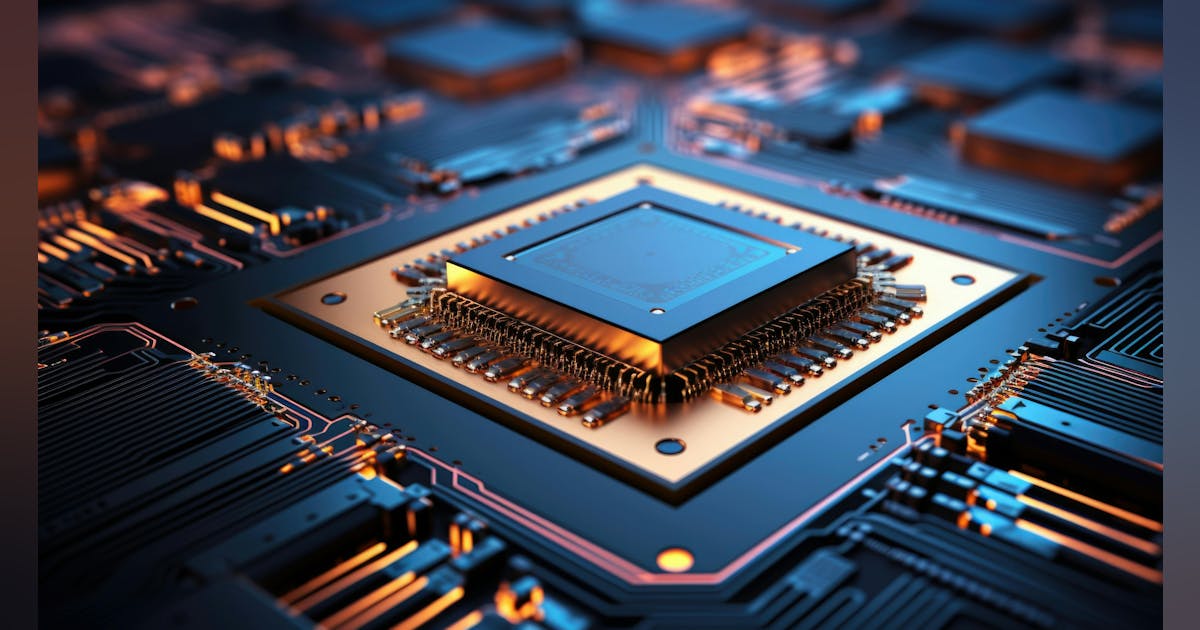Industry Briefings Planned for 3D Heterogeneous Integration (3DHI) in Military Microelectronics
The advancement of microelectronics is undergoing a transformation, driven by more than just reducing chip size, but by the three-dimensional heterogeneous integration (3DHI) of various devices and materials. This progression is prompting significant industry briefings and extensive investment endeavors aimed at revamping the production, design, and deployment of military microelectronics.
Understanding 3D Heterogeneous Integration (3DHI)
3DHI is a process that involves stacking and integrating diverse semiconductor materials, devices, and circuits into a unified, interconnected package. Unlike the traditional approach of merely making chips smaller, 3DHI allows for integrating technologies such as logic, memory, photonics, and sensors into one system, yielding higher performance and energy efficiency.
The Significance of 3DHI for Military Microelectronics
3DHI is crucial for the military as it supports the development of faster, lighter, and more efficient defense electronics, essential for unmanned vehicles, radar systems, and satellite payloads. These systems benefit from compact power, cross-technology integration, and enhanced domestic security by minimizing foreign dependency in microelectronics manufacturing.
Driving U.S. Leadership: The NGMM Initiative
The Next-Generation Microelectronics Manufacturing (NGMM) initiative by DARPA and the Department of Defense represents a strategic $840 million effort to position the U.S. at the forefront of 3DHI microelectronics manufacturing. This initiative includes establishing national facilities, executing a phased approach, and fostering collaborative expertise to tackle the design and fabrication challenges.
Tackling Challenges in 3DHI Manufacturing
Chief among the challenges in 3DHI is efficient thermal management, which programs like DARPA’s Minitherms3D aim to address by reducing thermal resistance in chip stacks. New EDA tools and simulation software are also crucial for accurate design modeling and performance prediction, ensuring scalability from lab research to industrial application.
Impacts and Applications of 3DHI
Immediate applications for 3DHI include advanced radar systems, satellite electronics, and UAVs. In the long term, 3DHI can enhance system-on-package solutions that integrate AI, high-speed communications, and other defense-specific functions, accelerating the transition from concept to deployment.
Key Players in the 3DHI Movement
Organizations like DARPA, Texas Institute for Electronics, Georgia Tech, and corporations such as Teledyne and Northrop Grumman play pivotal roles in advancing 3DHI. These entities are working collaboratively to overcome thermal management and scaling challenges in 3DHI systems.
Upcoming Industry Briefings
Upcoming industry briefings aim to align defense contractors, chip manufacturers, and research laboratories with DARPA’s vision and the NGMM roadmap. These sessions will explore current technologies, manufacturing obstacles, and participation opportunities in this technological evolution.
Strategic and Economic Importance
Investing in 3DHI could help the U.S. regain its leadership in microelectronics, offering military and commercial sectors the latest design and manufacturing tools, thereby bridging the gap between research and product delivery.
The Human Element in 3DHI
The journey of 3DHI is a collaborative effort involving professors, engineers, and researchers, each contributing to this industry-changing innovation. These sessions are more than technical updates; they are gateways to involvement in future military microelectronics.
Distinguishing 3DHI from Conventional Manufacturing
| Feature | Conventional Chips | 3DHI Microsystems |
|---|---|---|
| Integration | Single-technology, 2D | Multi-technology, 3D stacking |
| Performance | Limited by 2D scaling | Enhanced functionality and speed |
| Energy Efficiency | Moderate | Higher |
| Form Factor | Flat, planar | Compact, with height |
| Customization | Limited | Mix-and-match best elements |
| Thermal Management | Well-understood | Major challenge |
How to Participate
Engineers and companies in defense and microelectronics are encouraged to attend upcoming briefings, presenting challenges and seizing this transformative manufacturing opportunity. The rise of 3DHI is a promising path, inviting participation from those eager to shape the future of technology.













